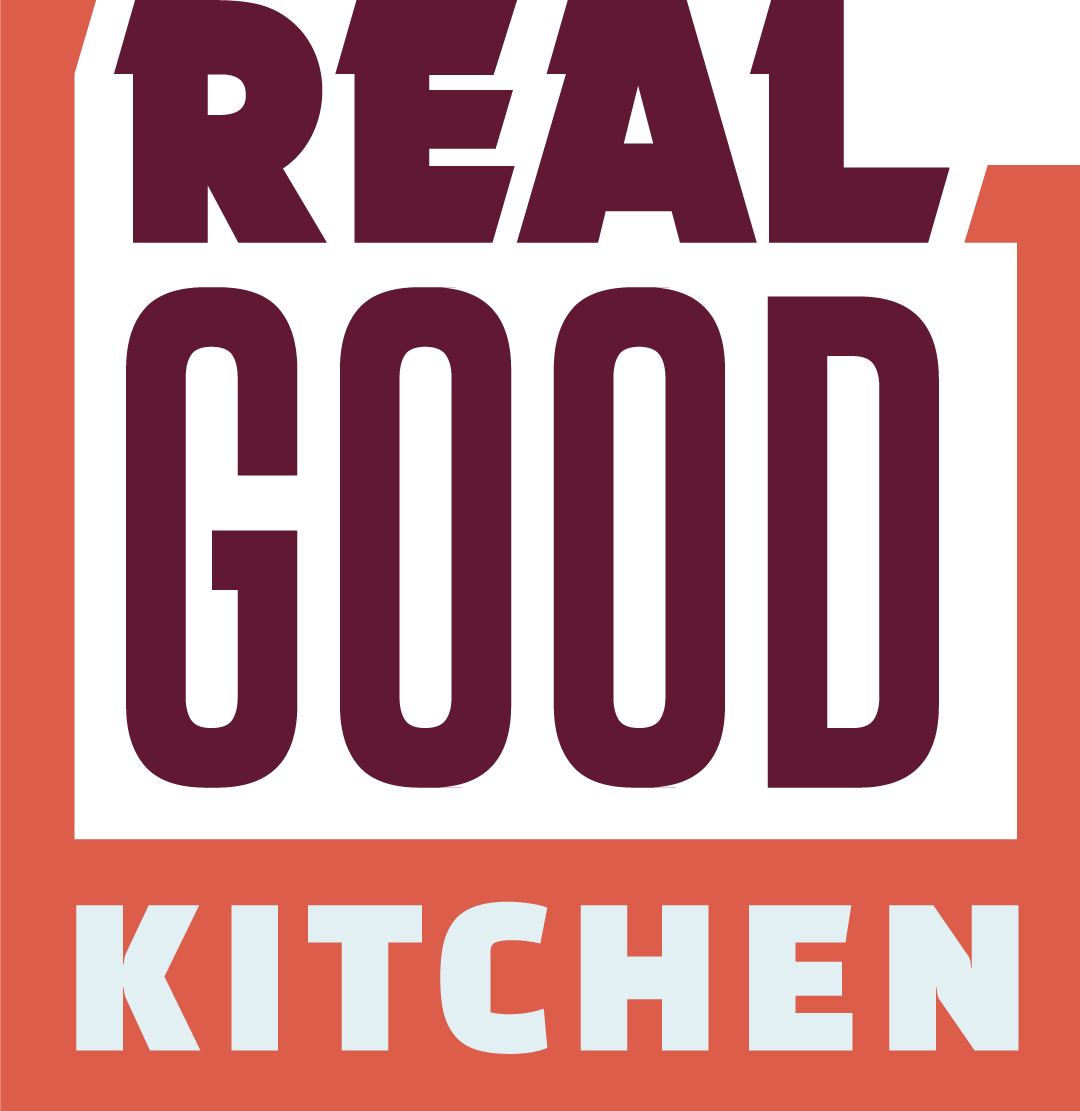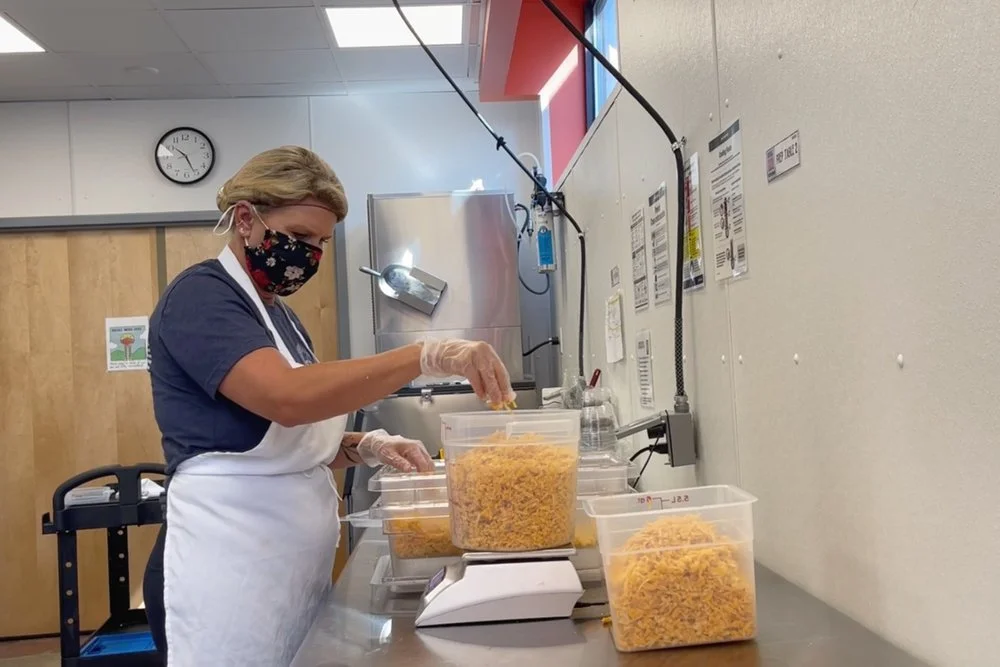Why Knowing Your Cost of Goods is Essential For Every Food Business
How do you know that you are being profitable when setting your prices? Knowing your Cost of Goods is a key part of being a food entrepreneur. When you are just starting out, profitability may not be your highest priority, and evaluating your finances might seem daunting or overwhelming. However, understanding the true cost that goes into making your products is a crucial step on your path to success.
Angie Cook of Cooks on the Curb measuring her ingredients on a food scale during production.
Angie Cook of Cooks on the Curb measuring her ingredients on a food scale during production.
KNOWING YOUR COST OF GOODS WILL:
Give you a precise product cost for each unit
Help you make financial decisions
Increase profits
Save on food costs
Reduce anxiety
Help negotiate wholesale contracts
Only by knowing your Cost of Goods can you price your products fairly and ensure that you are making a profit. Many of you have started your food businesses in order to be your own boss and become financially self-sufficient. Knowing your Cost of Goods is a foundational part of making that happen, and the team at Real Good Kitchen is here to help.
Calculating your Cost of Goods involves understanding every expense that goes directly into making your product. Starting with the obvious, you must know the price of the ingredients that go into your product. The best way to do this is by weight rather than volume, which allows for a more standard product for your customers, as well a precise cost of production for each unit of your good.
Real Good Kitchen member, Angie Cook, owner of Cooks on the Curb, recently switched from measuring her ingredients by volume to weighing them out. She has seen substantial savings on food costs, which has increased her profit. She now knows exactly how much her product costs to produce, and she can be more confident in pricing for retail and wholesale negotiations. Angie shared,
“Measuring by weight was a transition but we are so glad that we made this change. It has allowed us to be more accurate and consistent with our recipe. This has allowed us to calculate how much product will be needed which in turn means less waste and allows me to accurately calculate Cost of Goods. There have been substantial food product savings, more efficient use of time in the kitchen, less product waste, and a more detailed view of actual Cost of Goods.”
After converting your recipes to weight, you must know the price of all packaging and labels you are using, and how much this packaging costs per unit. You must also factor in your other overhead costs, including the time it takes you to make and package your product, your commercial kitchen facility rental, additional labor costs, and more. If you produce more than one product, you will need to calculate the Cost of Goods for each one.
There is no need to worry if you don’t know all this information. Mel Mullins, Kitchen Consultant and owner of Knox Girl Soap, says, “Most food businesses don’t start with a clear understanding of this. Start small, start today, and ask for help! That’s literally what we are here for.”
Mel uses the profit first method in her own small business, as well as teaching it to Real Good Kitchen members. The profit first method prioritizes paying yourself first. Knowing your Cost of Goods is a key part of making this happen: in order to pay yourself fairly, you must be pricing your goods fairly. Mel says, “For me, it’s been probably the most important element to reducing anxiety in my life and helping guide me to see what my next steps should be for my business.”
Knowing your Cost of Goods now will help you mitigate anxiety later, for example when scaling your production or exploring the possibilities of wholesale. It can also allow you to become more efficient and reduce your production costs. Although calculating your Cost of Goods does have a lot of moving parts, it is not as complicated as it initially seems. We can help you simplify your cost of goods calculation by using our spreadsheet template for members.
STEPS TO CALCULATING YOUR COST OF GOODS
Real Good Kitchen members- contact the kitchen team for one-on-on support
Write down the cost of your ingredients, packaging, labor, and all other expenses
Convert your recipes from volume to weight
Input this information into a Cost of Goods spreadsheet
Use the spreadsheet to determine your pricing to make sure you are profitable
As part of the Real Good Kitchen membership, we offer mentoring for every aspect of your business, including Cost of Goods. We are here to help. Current members, get in touch with the kitchen team to get started on your Cost of Goods.
If you’re interested in learning more about the resources available at Real Good Kitchen, click here to get in touch! We can’t wait to learn more about your business and the ways we can support you.


